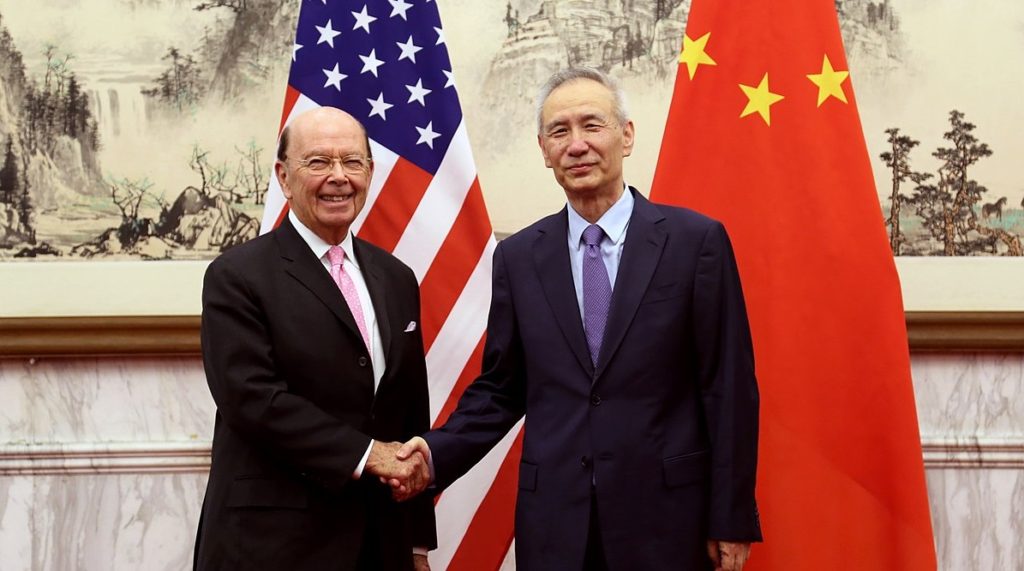Commentary by:

Resident Senior Fellow
Cover Image: UnSplash
Fireworks, speeches , barbecues and feasts have traditionally marked America’s Fourth of July festivities going back to the 18th century. Add tit-for-tat retaliatory tariffs to the celebratory mix this year. In the week that America celebrated its 242nd birthday, the Donald Trump administration and its trade partners on both sides of the Pacific busied themselves enacting punitive duties on each other’s exports.
Canada went first, imposing duties on US$12.5 billion of US exports on July 1 (appropriately also Canada Day) in response to Trump’s steel and aluminium tariffs that kicked in last month.
On July 5, Mexico followed suit with its second tranche of duties on US$3 billion worth of US exports – mostly agricultural products, also in response to Trump’s steel and aluminium tariffs. On Friday, US$34 billion worth of Chinese exports to the US across 818 tariff lines were subject to an additional 25 per cent duty.
When these Section 301 duties go into effect, Trump will have plumbed yet another a low in his already dismally low governing record. From the Iran deal to the Paris climate agreement to the Trans-Pacific Partnership (TPP) agreement, Trump has had no compunction tearing up solemn international commitments entered into by his predecessors. The imposition of these tariffs on China would constitute the first instance, however, of him materially reneging on his own solemn commitment to an international partner.
In exchange for setting aside tariffs, the US was to enjoy ramped-up agriculture and energy sales in the Chinese market, ensure that Beijing’s patent laws got appropriately tweaked, obtain gradual investment liberalisation in additional Chinese sectors, and subject Chinese investment in the US to qualitatively more checks. They released a statement on May 19 that confirmed their consensus and in an Oval Office meeting, Trump blessed it expressly.
It now appears that Trump, the self-professed negotiating virtuoso, can neither deliver on his word nor on the lone US concession within a principles-based agreement that is hugely tilted in his country’s favour. In the six weeks since the formalisation of the joint consensus, the US and China have been a study in contrasts in terms of its implementation.
During the first week of June, US Commerce Secretary Wilbur Ross paid a productive visit to Beijing during which US$50 billion of sector-by-sector and product-by-product purchase contracts capable of sustaining half a million American jobs were discussed. More importantly, marked progress was achieved in narrowing down differences related to a number of long-standing technical and regulatory irritants, including plant biotechnology trait non-approvals, that have held back US agricultural sales in the Chinese market.

The next day, a draft revision of China’s Patent Law, awaiting a reading at the mid-month National People’s Congress Standing Committee session, was withdrawn at short notice from the session’s agenda. The likely purpose was to make studied amendments to the draft to incorporate revised provisions on technology licensing as well as substantially increase the legal compensation limit for domestic intellectual property infringement. Both would be in keeping with the commitments expressed in the May 19 Mnuchin-He consensus.
All along, Beijing has continued to lower its tariff barriers, eliminating import tariffs on common drugs as well as reducing its duties on automobiles, auto parts and a swathe of consumer and household items starting from July 1. In a nutshell, the Xi government proceeded with sincerity to fulfil its side of the May 19 bargain.
The same cannot be said of the Trump administration. Barely 10 days after the ink had dried – and with no perceptible negative shift at the Chinese end – Trump reversed course and announced the US would go ahead and impose the Section 301 tariffs on China. A final list of covered imports was announced on June 15 with tariffs set to go into effect three weeks later.
On June 27, a stricter foreign investment screening regime against China and other countries of concern was announced. Henceforth, a broader range of Chinese investors – be it majority or minority equity holders, seed-stage venture capitalists, or intellectual property licensees – are to be barred from acquiring militarily and industrially significant technologies in the US.
Separately, Trump’s promise to partially rehabilitate the US operations of the punished-and-chastened Chinese telecommunications company ZTE have also become mired in Congress-White House discord.
Clearly, the US and China have moved in entirely opposite directions over the past six weeks with regard to fulfilling the bilateral obligations stemming from their May 19 agreement.
But all should not be considered lost. Mercurial turnarounds have been a feature of this dysfunctional administration in Washington and more such turnarounds – this time for the better – could be in store. On America’s 241st birthday, North Korean leader Kim Jong-un gleefully “gifted” the “American bastards” his first intercontinental ballistic missile launch.
For this transformation to take shape however, the onus is on Washington to suspend its Section 301 tariffs and return to the negotiating table. China’s dollar-for-dollar retaliatory tariffs and, ideally, the withdrawal of all promised market access commitments so far under the May 19 statement’s deficit reduction pillar will hopefully help Trump to discover which side his political bread is buttered. If not, perhaps Beijing could partially release its foot from the North Korea sanctions pedal and make the American president’s imagined linkage of North Korea sanctions and China trade become a living reality.
This article originally appeared in South China Morning Post.

The Institute for China-America Studies is an independent nonprofit, nonpartisan research organization dedicated to strengthening the understanding of U.S.-China relations through expert analysis and practical policy solutions.
1919 M St. NW Suite 310,
Washington, DC 20036
icas@chinaus-icas.org
(202) 968-0595
© 2025 INSTITUTE FOR CHINA-AMERICA STUDIES. ALL RIGHTS RESERVED.
Tariffs won't fix U.S. autos, fair and positive competition might